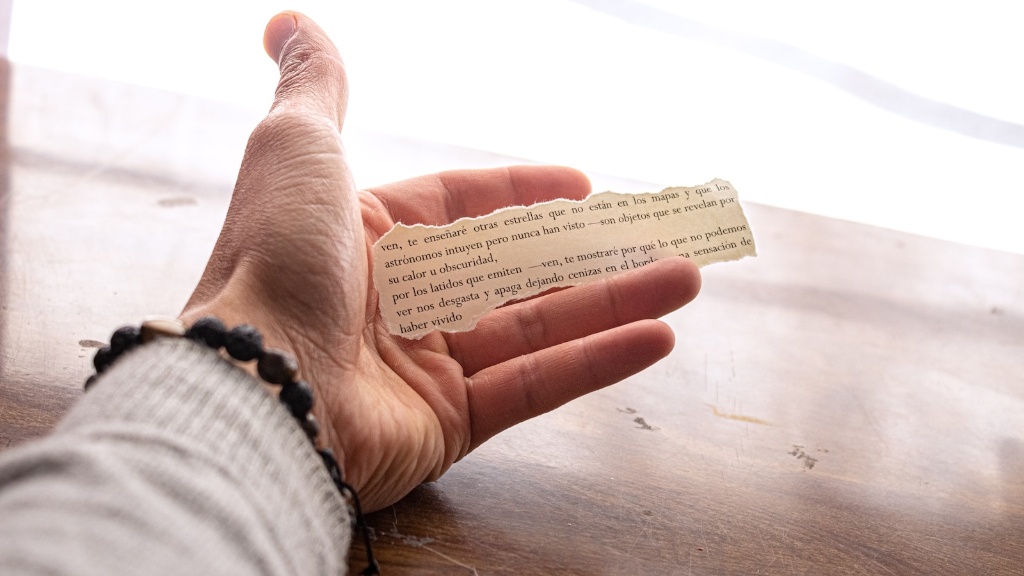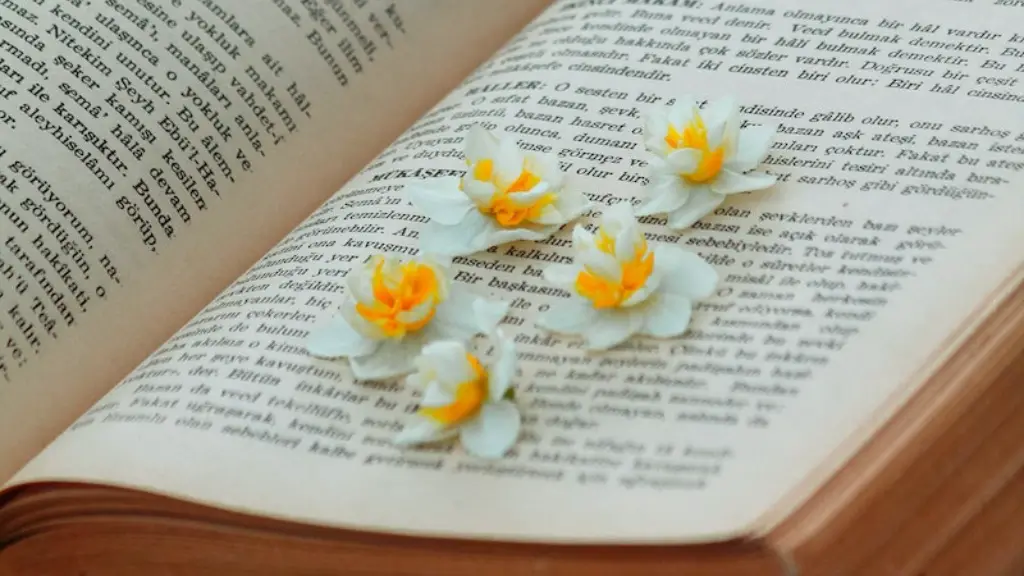Explain the Basics of Rhyme
Poetry is a form of literature that uses language to create beauty and emotion. It is a powerful way to express feelings and thoughts. One of the most important elements of poetry, and one that has been used for centuries, is the use of rhyme. Rhyme is a type of repetition in which words that have similar sounds are repeated at the end of a line or within a line for a specific effect. Teaching children about rhyme is an important part of understanding and appreciating poetry.
Start with Basic Rhyming Words
The first step in teaching children about rhyme is to introduce them to basic rhyming words. This can include words such as cat, mat, rat, and hat. These words should be presented in a way that is fun, such as through rhymes or songs. This will help children to become familiar with the sounds and understand how rhyming works. Once children understand the basics of rhyming, they can start to create their own rhymes.
Write Rhymes Together
Writing rhymes together is an excellent way to teach children the concept of rhyme. You can begin by writing simple rhymes such as “The cat sat on the mat” and then adding more complex rhymes such as “The cat chased the rat, who had to hide in the hat”. This is a good way to get children to understand how to create rhymes and also to help them to understand rhymes that have been written by others.
Explore Examples of Rhyme in Poetry
One of the best ways to teach children about rhyme is to explore examples of rhyme in poetry. By looking at different rhymes in poetry, children can learn about the different types of rhymes and how they can be used to create a certain effect. You could choose well-known poems such as “The Cat in the Hat” or “Twinkle, Twinkle Little Star” and look at how they use rhyme to create a sense of structure or emotion. You could also look at different types of rhyme such as end rhymes and internal rhymes.
Encourage Creative Thinking
Once children have a basic understanding of how rhyme works, it is important that they are encouraged to think creatively and use their imagination. You could start by having them write their own rhymes in both freeform and structured formats. This will help them to understand how rhymes can be used to create a certain mood or idea. For example, you could ask them to come up with rhymes about friendship or nature.
Reward Effort
Children need to feel rewarded for their efforts when it comes to learning about rhyme. This can be done through praise or rewards such as stickers or certificates. It is important to celebrate their achievements and let them know that their hard work is being noticed.
Practice Rhyming with Other Subject Areas
Rhyme can be used to teach a range of different subject areas. For example, you could ask children to write rhymes about science or history topics. This will help them to understand the topic better and also aid their creative thinking.
Integrate Technology
Integrating technology into teaching rhyme is a great way to engage children. There are a range of online resources and apps that can help children to learn and practice rhyme. For example, there are apps that can help children to find rhymes and create their own rhymes. This kind of hands-on approach can be an effective way to help children understand rhyme.
Expose Children to a Variety of Literary Forms
Children should be exposed to a variety of literary forms, including poetry. This will help them to understand different kinds of writing and how rhymes can be used to create a specific effect. Encouraging them to listen to different types of poetry and literary readings is a good way to do this.
Understand Different Types of Rhyme
There are different types of rhyme that can be used in poetry. These include end rhymes, internal rhymes, slant rhymes and assonance. Explaining each of these types to children can help them to understand how they can be used in poetry.
Create Connections with Music
Music can be a great way to help children understand the concept of rhyme. Connecting rhyme with the rhythm and beats of songs can help children to understand how they can be used to create different types of atmosphere and emotion in poems.
Teach Through Strategies and Games
Using strategies and games can be a great way to teach children about rhyme. You could create activities such as word scrambles or rhymes bingo, or you could create rhymes together as a group. This will help children to understand the concepts of rhyme in a fun and interactive way.
Research and Read Rhyming Poems
Finally, children should be encouraged to research and read rhyming poems. Reading examples of rhyme in poetry will help them to understand how rhymes can be used to create structure, atmosphere and emotion. This can also help to inspire them to create their own rhymes.



